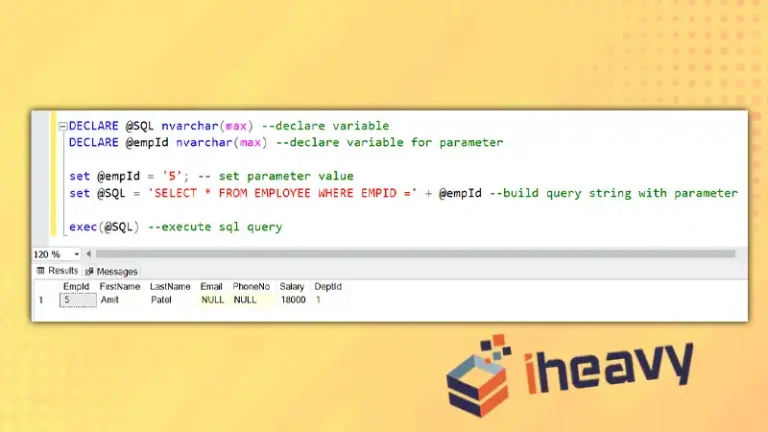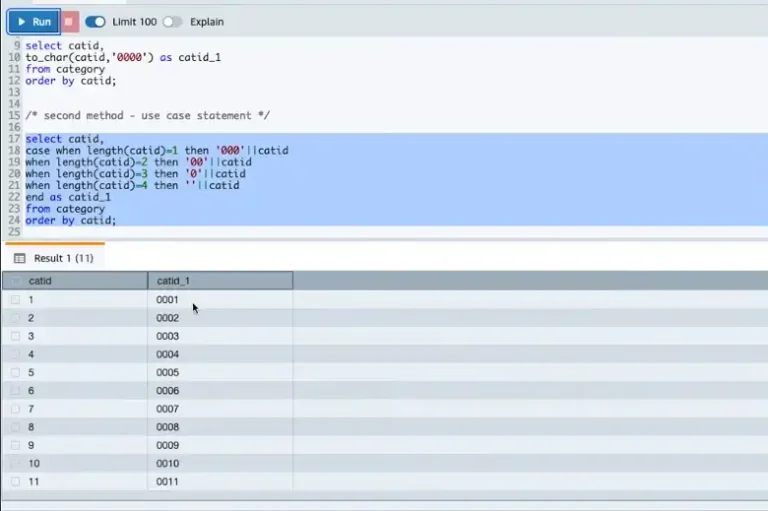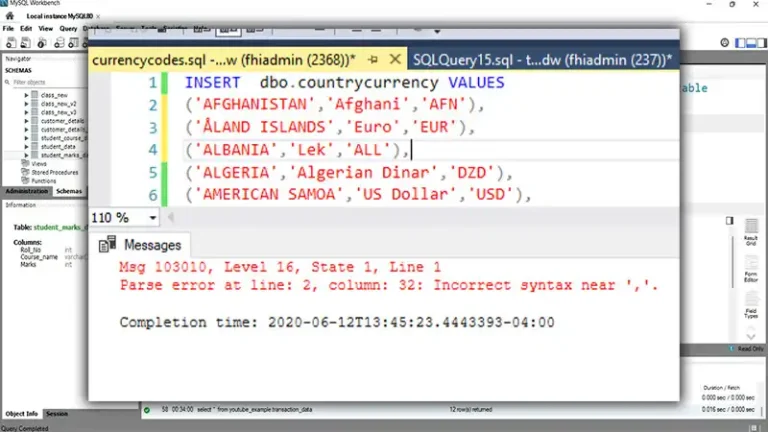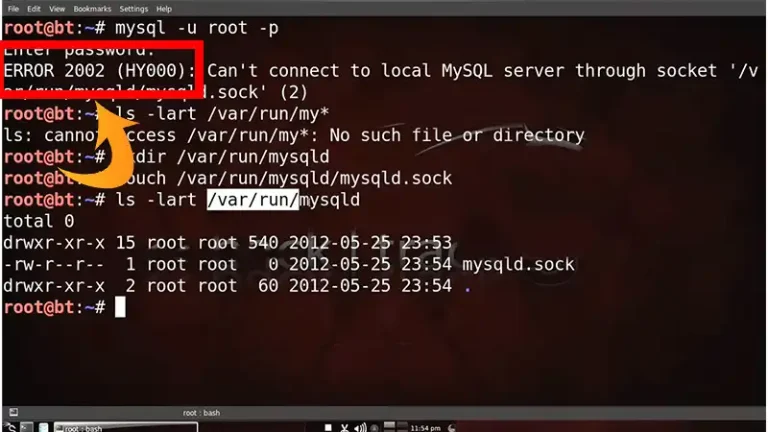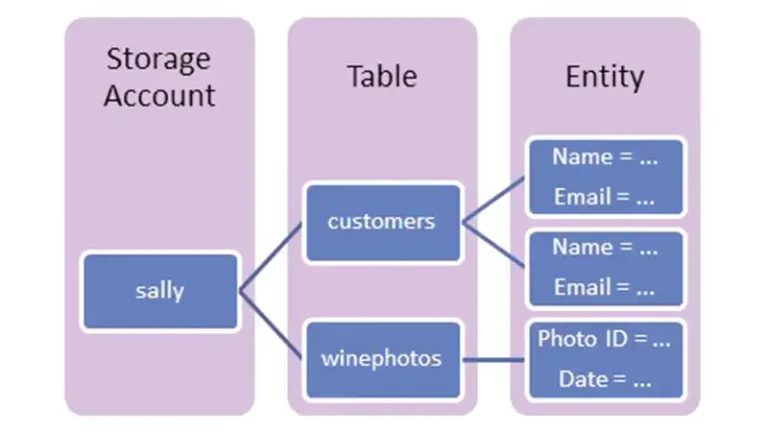How to Fix TempDB Full Issue in SQL Server?
SQL Server’s TempDB database is effective in managing temporary user objects, temporary tables, and other internal objects. However, it is not uncommon to encounter issues where the TempDB database becomes full, leading to performance degradation and potential application failures.
When TempDB reaches its maximum capacity, a rapid response becomes imperative. Identifying the root cause, freeing up space by terminating unnecessary processes or clearing TempDB contents, and adjusting TempDB configuration are immediate steps. Swift action, combined with careful monitoring and optimization, forms a robust strategy for tackling immediate challenges and ensuring uninterrupted database functionality.
Here, we will explore the reasons behind TempDB becoming full and discuss effective strategies to resolve this issue.
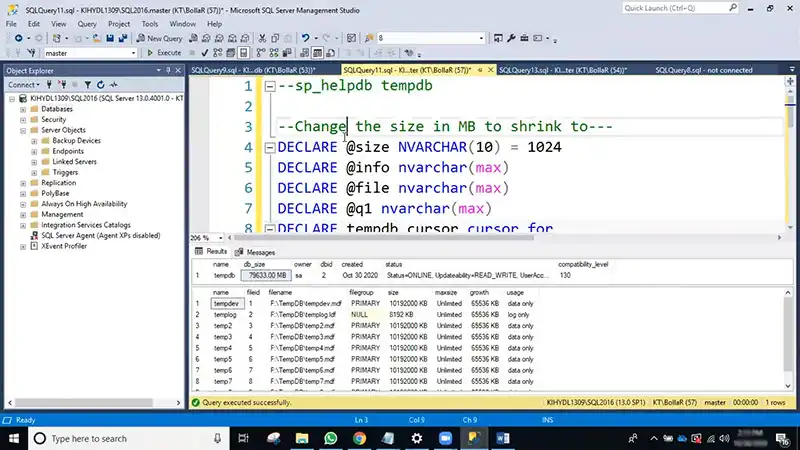
Common Causes of TempDB Full Issues
When TempDB becomes full, it can cause various problems, including slowed query performance, deadlock situations, and even application errors.
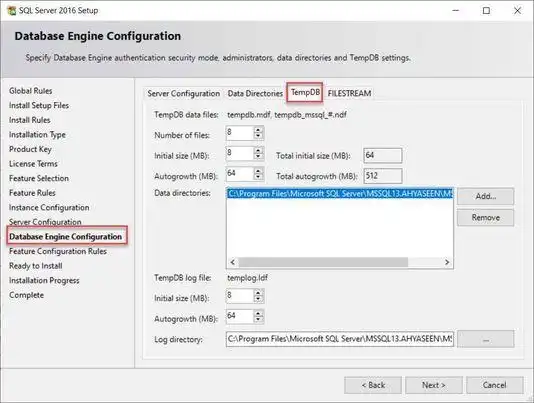
Fig: Database Engine Configuration Tmpdb Full
1. Heavy Query Loads
Large, complex queries or a high volume of concurrent queries can quickly fill up TempDB space.
2. Inefficient Temp Table Usage
Inefficient use of temporary tables, especially in scenarios where large volumes of data are involved, can contribute to TempDB growth.
3. Version Store Growth
Transactions that generate a high number of version records for features like snapshot isolation or triggers can lead to TempDB expansion.
4. Insufficient TempDB Size
If the initial size and auto-growth settings for TempDB are not configured properly, it may run out of space.
5. Long-running Transactions
Transactions that are not committed or rolled back for an extended period can result in TempDB growth.
Immediate Steps When TempDB is Full
Encountering a full TempDB in SQL Server can disrupt operations and hinder database performance. Swift action is necessary to rectify this issue. Here’s what you can do:
1. Identify the Cause
Start by identifying the root cause of TempDB reaching its maximum capacity. Common reasons include heavy usage of temporary objects, large queries, or insufficient TempDB sizing.
2. Free Up Space
– Kill Unnecessary Processes: Identify and terminate any long-running or unnecessary queries that might be consuming excessive TempDB space.
– Clear TempDB Contents: If feasible, clear out non-essential data or temporary objects from TempDB to free up space. However, exercise caution to avoid data loss.
3. Adjust TempDB Configuration
– Increase TempDB Size: If your server’s configuration allows, consider expanding the size of TempDB to accommodate increased workload demands.
– Add Additional TempDB Files: Distributing TempDB across multiple files can alleviate contention issues and enhance performance.
4. Monitor and Optimize
– Monitor TempDB Growth: Continuously monitor TempDB usage patterns to anticipate future space requirements and take preemptive actions.
– Optimize Queries: Review and optimize SQL queries to minimize TempDB usage. Consider restructuring code or using indexed views to reduce temporary object creation.
5. Consult System Logs
– Analyze SQL Server error logs and event logs for any indications of recurring issues or errors related to TempDB. This information can offer valuable insights into persistent problems.
6. Restart SQL Server Service
– As a last resort, restarting the SQL Server service can sometimes alleviate TempDB full situations. However, use this option judiciously and only after assessing the potential impact on ongoing operations.
7. Implement Preventive Measures
– Once the immediate issue is resolved, establish preventive measures. Regularly review and optimize TempDB configurations and query performance to prevent future occurrences.
8. Seek Expert Assistance
– If the issue persists or is complex, consider seeking assistance from SQL Server administrators, database specialists, or Microsoft support for in-depth analysis and resolution.
Addressing TempDB full issues promptly is critical to maintaining database functionality. Implementing these steps can help mitigate immediate concerns and establish practices to prevent future occurrences.
Long-Term Solutions and Maintenance
Resolving TempDB full issues isn’t just about immediate fixes; it’s also about implementing strategies to prevent recurrence. Here are steps to establish long-term solutions and maintenance:
1. Optimize TempDB Configuration
– Right-size TempDB: Assess workload patterns and adjust TempDB size accordingly. Overprovisioning or underprovisioning can lead to inefficiencies.
– Multiple File Configuration: Distribute TempDB across multiple files to mitigate contention issues and enhance parallelism. Consider the number and size of files based on the server’s workload.
2. Regular Performance Tuning
– Query Optimization: Continuously optimize SQL queries to minimize TempDB usage. Encourage developers to write efficient code that minimizes temporary object creation.
– Index Maintenance: Regularly maintain and optimize indexes. Fragmented or improperly configured indexes can contribute to TempDB growth.
3. Scheduled Maintenance Tasks
– TempDB Monitoring: Implement scheduled monitoring tasks to track TempDB growth and usage patterns. Use this data to forecast future requirements and make proactive adjustments.
– Backup and Restore Strategies: Ensure regular backups and implement a robust restore strategy. Backup operations can impact TempDB space, so optimizing these processes is crucial.
4. Capacity Planning and Scaling
– Scale Resources Proactively: Anticipate future growth and scale resources accordingly. Periodically review system performance and adjust hardware or configurations as needed.
– Performance Testing: Before implementing significant changes or updates, conduct performance testing to assess their impact on TempDB and overall database performance.
5. Documentation and Best Practices
– Maintain Documentation: Document all TempDB-related configurations, changes, and maintenance tasks. This documentation serves as a reference for troubleshooting and future optimization.
– Follow Best Practices: Adhere to best practices recommended by Microsoft and SQL Server experts for TempDB management. Regularly review and update practices based on evolving guidelines.
6. Continuous Learning and Improvement
– Stay Updated: Keep abreast of new SQL Server releases, patches, and updates. These often include performance enhancements or bug fixes related to TempDB.
– Training and Knowledge Sharing: Encourage continuous learning among database administrators and developers. Sharing knowledge and experiences helps in implementing more effective solutions.
7. Proactive Issue Resolution
– Analyze Incidents: Whenever TempDB-related incidents occur, conduct post-mortem analysis to understand the root cause. Use these insights to proactively prevent similar occurrences.
8. Automate Routine Tasks
– Automation of Maintenance: Implement scripts or tools to automate routine TempDB maintenance tasks such as backups, index maintenance, and space management. This reduces manual errors and ensures consistency.
Implementing these long-term solutions and maintenance practices helps in not just resolving immediate issues but also in fostering a robust and efficient SQL Server environment, reducing the likelihood of encountering TempDB full situations in the future.
Frequently Asked Questions
What’s the significance of multiple TempDB files, and how many should I create?
Multiple files can reduce contention and enhance performance. The ideal number depends on your server’s workload and core count; start with an equal number to the processor’s core count.
Can I monitor TempDB usage using SQL Server Management Studio (SSMS)?
Yes, SSMS provides various reports and tools, like Activity Monitor and reports under the ‘Management’ section, allowing you to monitor TempDB usage.
Conclusion
Resolving TempDB fullness demands a holistic strategy: optimizing queries, managing temporary table usage, controlling version store growth, and tweaking configurations. This approach assures a healthy TempDB, averting performance lags and disruptions. Consistent monitoring and proactive upkeep are vital for a robust SQL Server environment.

